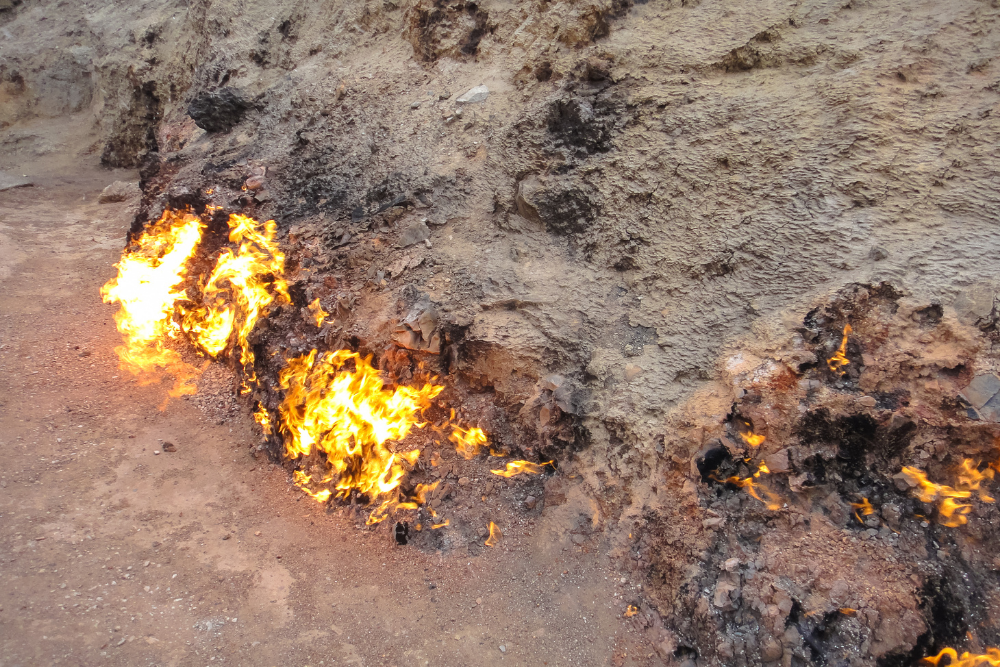Azerbaijan, often referred to as the “Land of Fire,” boasts a diverse climate that plays a crucial role in shaping its agricultural output and food production. The country’s varied geography, ranging from the Caspian Sea coastline to the towering Caucasus Mountains, results in a wide range of microclimates that support the cultivation of different crops and livestock.
Climate Zones and Their Impact on Agriculture
Azerbaijan has nine out of the world’s eleven climate zones, which contribute to the country’s rich agricultural diversity. Some of the most significant climatic regions and their agricultural products include:
- Subtropical Climate (Lankaran Region): This humid, warm region is ideal for growing tea, citrus fruits, persimmons, and rice. The fertile soils and ample rainfall make it one of Azerbaijan’s most productive agricultural zones.
- Semi-Arid Climate (Absheron Peninsula, Gobustan):
 This region is characterized by dry, windy conditions, making it suitable for vineyards, olive trees, and pomegranates. Absheron is also known for its salt production.
This region is characterized by dry, windy conditions, making it suitable for vineyards, olive trees, and pomegranates. Absheron is also known for its salt production. - Temperate Climate (Ganja, Shaki, and Gabala): These areas are ideal for wheat, barley, corn, and a variety of vegetables. The moderate temperatures also support livestock farming.
- Mountainous Regions (Greater and Lesser Caucasus): These high-altitude areas are suitable for sheep grazing, honey production, and growing hardy crops such as potatoes and legumes.
Major Agricultural Products
Azerbaijan’s climate allows for the production of a diverse range of agricultural goods. Some of the country’s key crops and products include:
- Fruits and Nuts: Pomegranates, persimmons, apples, grapes, walnuts, and hazelnuts thrive in various regions.
- Grains and Cereals: Wheat and barley are staple crops, particularly in the central and western regions.
- Vegetables: Tomatoes, cucumbers, eggplants, and peppers are widely cultivated.
- Tea and Cotton:
 The Lankaran region is the heart of tea and cotton production, benefiting from a humid climate.
The Lankaran region is the heart of tea and cotton production, benefiting from a humid climate. - Livestock and Dairy: Sheep and cattle farming provide meat and dairy products, with traditional cheeses being a staple in Azerbaijani cuisine.
Challenges and Adaptations in Agriculture
Despite the favorable climate, Azerbaijan faces several agricultural challenges:
- Water Scarcity: Some regions, especially those with semi-arid conditions, struggle with limited water resources, making irrigation essential for sustainable farming.
- Climate Change: Rising temperatures and unpredictable weather patterns pose threats to crop yields and livestock health.
- Soil Degradation: Overuse of land and improper agricultural practices can lead to reduced soil fertility.
To combat these challenges, Azerbaijan has adopted modern irrigation techniques, crop diversification strategies, and sustainable farming practices to ensure long-term agricultural productivity.
Conclusion
Azerbaijan’s diverse climate is a major asset to its agriculture and food production, allowing for a variety of crops and livestock to thrive. By balancing traditional farming practices with modern innovations, the country continues to sustain its rich agricultural heritage while adapting to environmental challenges. As climate patterns evolve, Azerbaijan’s commitment to agricultural sustainability will be key to securing its food future.












